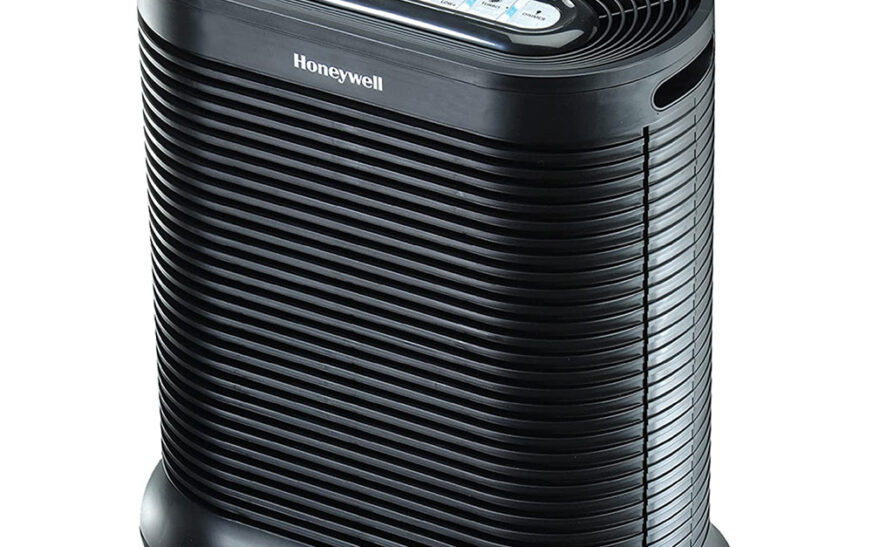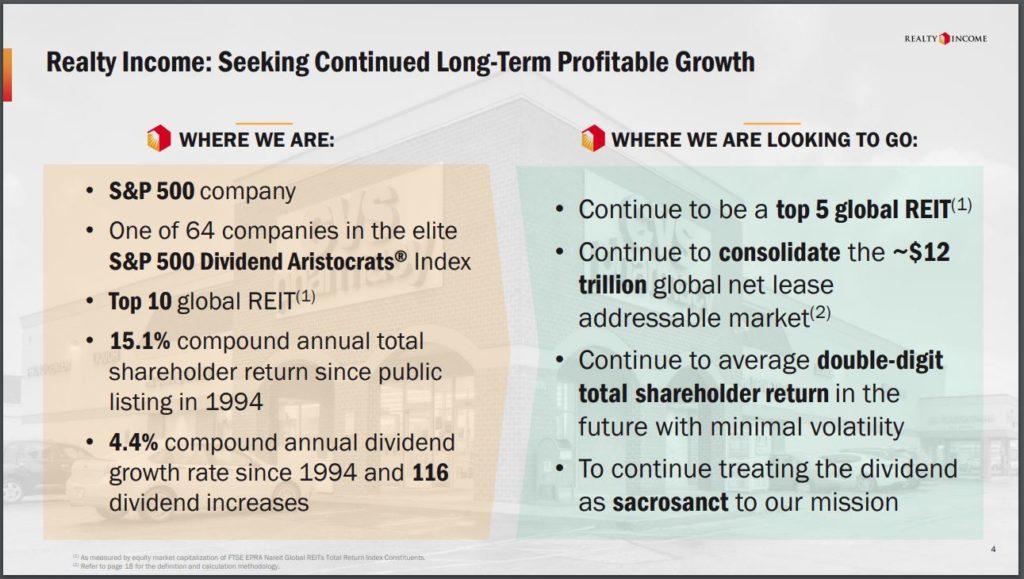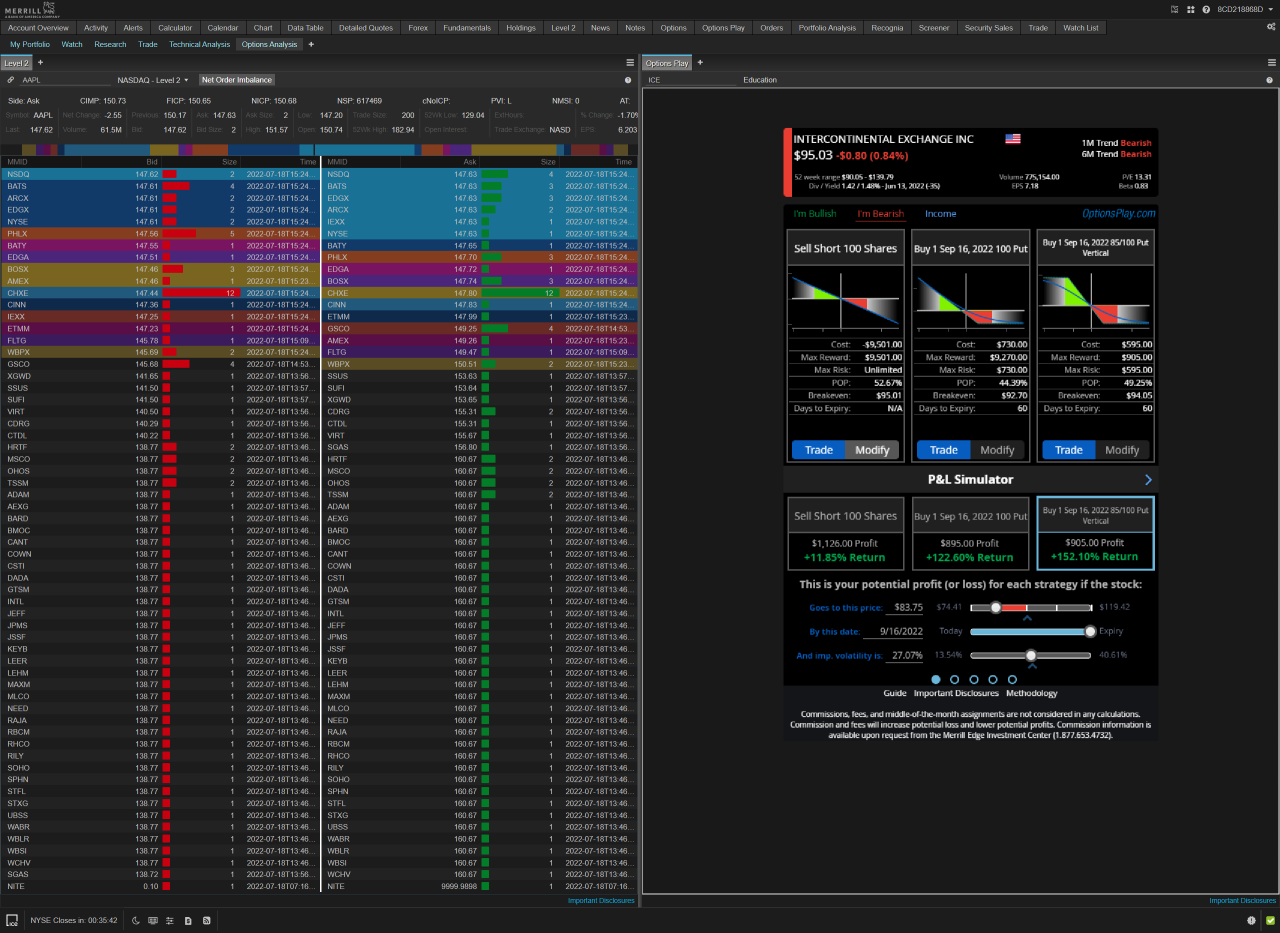Delve into the world of HVAC Systems with Built-In Air Purifiers for Allergies, where clean air and relief from allergens take the spotlight. This introductory passage sets the stage for a comprehensive exploration of how these systems work to combat allergies and improve indoor air quality.
In the following paragraph, we will delve deeper into the intricacies of HVAC systems with built-in air purifiers and their impact on allergy sufferers.
Introduction to HVAC Systems with Built-In Air Purifiers for Allergies
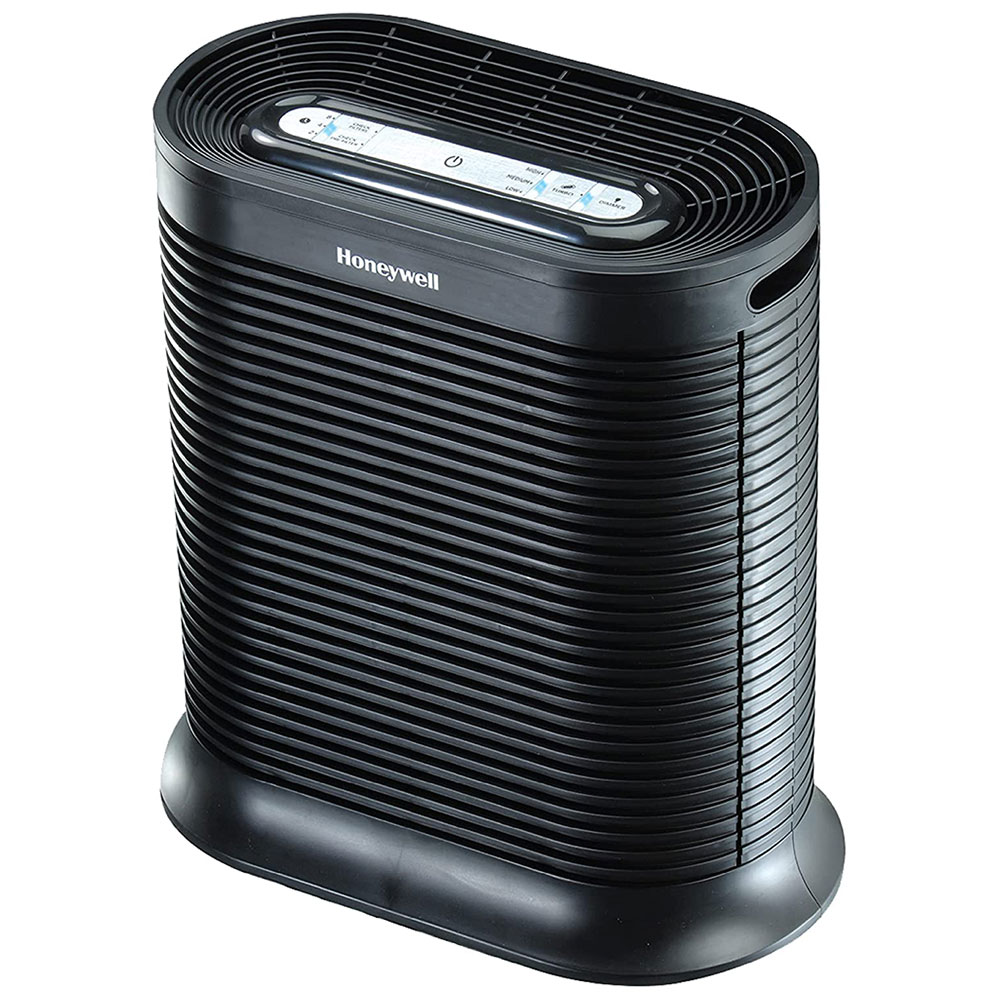
HVAC systems, or Heating, Ventilation, and Air Conditioning systems, are essential for maintaining indoor air quality and regulating temperature. These systems work by circulating air through ducts to heat or cool a space, while also filtering out pollutants and contaminants.
Importance of Air Purifiers in HVAC Systems for Allergy Sufferers
Air purifiers integrated into HVAC systems play a crucial role in improving indoor air quality, especially for individuals with allergies. These air purifiers help remove allergens such as dust, pollen, pet dander, mold spores, and other particles that can trigger allergic reactions.
Common Allergens Removed by HVAC Systems with Built-In Air Purifiers
- Dust: HVAC systems with air purifiers can effectively trap dust particles, preventing them from circulating in the air and causing respiratory issues for allergy sufferers.
- Pollen: By capturing pollen particles, these systems help reduce allergen exposure and alleviate symptoms for those sensitive to pollen.
- Pet Dander: Air purifiers in HVAC systems can filter out pet dander, a common allergen that can cause discomfort for pet owners with allergies.
- Mold Spores: Mold spores are another common allergen that HVAC systems with built-in air purifiers can target, improving indoor air quality for individuals prone to mold allergies.
Benefits of Having an HVAC System with a Built-In Air Purifier for Individuals with Allergies
- Improved Air Quality: The combination of HVAC systems and air purifiers ensures cleaner and healthier air for allergy sufferers, reducing the risk of allergic reactions.
- Reduced Allergy Symptoms: By removing common allergens from the air, these systems can help alleviate allergy symptoms such as sneezing, coughing, and congestion.
- Enhanced Comfort: Individuals with allergies can enjoy a more comfortable indoor environment with an HVAC system equipped with an air purifier, leading to better overall well-being.
Types of Air Purification Technologies in HVAC Systems
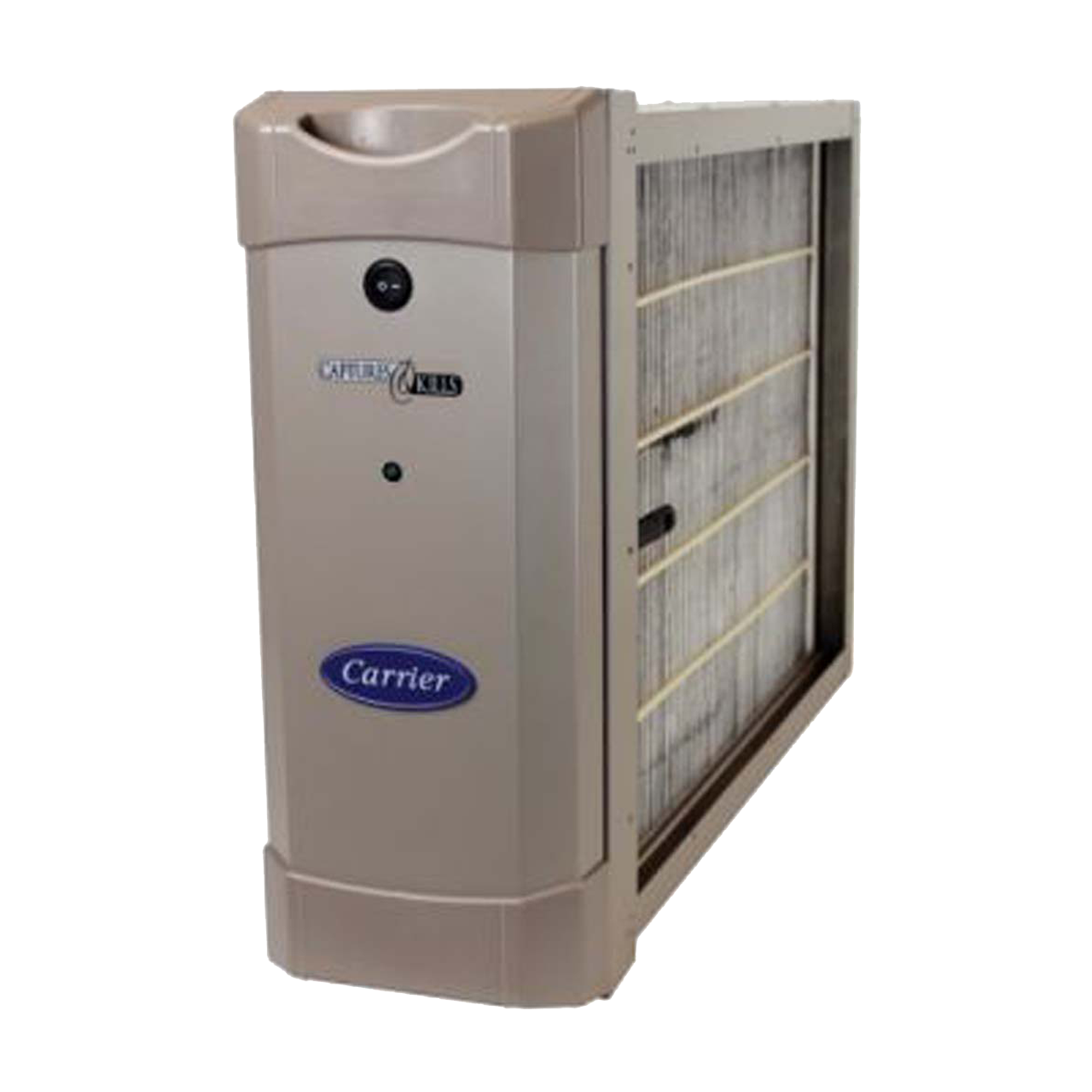
Air purification technologies play a crucial role in improving indoor air quality, especially for individuals suffering from allergies. Let's explore the different types commonly used in HVAC systems.
HEPA Filters
HEPA (High-Efficiency Particulate Air) filters are known for their ability to trap 99.97% of particles as small as 0.3 microns. These filters are highly effective in capturing allergens like dust mites, pollen, pet dander, and mold spores. HEPA filters work by forcing air through a fine mesh that traps particles, ensuring cleaner air circulation.
UV-C Lights
UV-C lights utilize ultraviolet radiation to eliminate harmful microorganisms such as bacteria, viruses, and mold spores. When installed in HVAC systems, UV-C lights target these pathogens and prevent their reproduction, ultimately improving indoor air quality.
Ionizers
Ionizers work by releasing negatively charged ions into the air, which attach to positively charged particles like allergens, dust, and bacteria. This process causes the particles to clump together, making them easier to capture by the HVAC system's filters. Ionizers can effectively reduce airborne allergens and improve overall air quality.
Examples of HVAC Systems with Advanced Air Purification
One example of an HVAC system with built-in air purifiers using advanced air purification technologies is the Carrier Infinity Air Purifier. This system combines HEPA filtration with UV-C lights to provide comprehensive allergen removal. Another example is the Lennox PureAir system, which incorporates both HEPA filters and ionizers for enhanced air purification.
Features to Consider When Choosing HVAC Systems with Built-In Air Purifiers
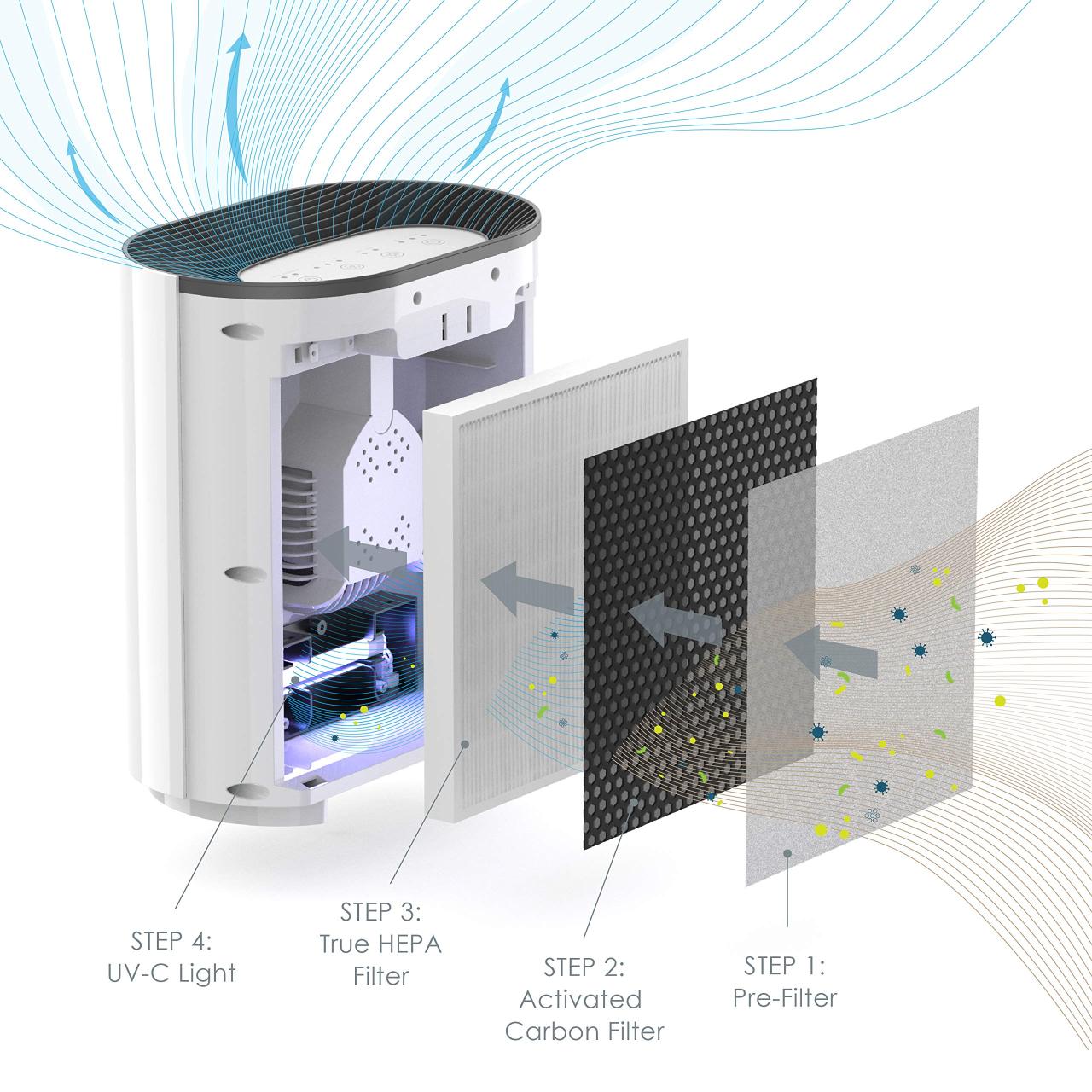
When selecting an HVAC system with a built-in air purifier for allergy relief, there are several key features to consider. These features can greatly impact the effectiveness of the air purifier in improving indoor air quality and managing allergies.
Filter Efficiency
- Look for HVAC systems with high-efficiency particulate air (HEPA) filters, as they can capture a large percentage of airborne particles, including allergens like dust, pollen, and pet dander.
- Consider the MERV (Minimum Efficiency Reporting Value) rating of the filter, with higher ratings indicating better filtration of particles.
- Regularly replacing or cleaning the filters is essential to maintain optimal performance and air quality.
Coverage Area and Air Circulation
- Ensure the HVAC system is sized appropriately for the space it will be servicing to effectively filter and circulate air throughout the room.
- Proper air circulation is crucial for the air purifier to capture and filter allergens effectively.
- Consider the coverage area of the HVAC system to ensure it can adequately clean the air in the entire room or building.
Noise Level
- Choose an HVAC system with a built-in air purifier that operates quietly, especially for use in bedrooms or living areas.
- Consider the decibel (dB) level of the system to ensure it does not disrupt daily activities or sleep.
- Some systems have a "quiet mode" feature for silent operation during specific times.
Smart Controls and Air Quality Sensors
- Opt for HVAC systems with smart controls that allow you to monitor and adjust air purification settings remotely through a mobile app or voice commands.
- Air quality sensors can automatically adjust the fan speed or filtration level based on the detected air quality, ensuring optimal performance.
- These features enhance convenience and ensure the air purifier adapts to changing indoor air conditions for effective allergy management.
Tips for Selecting the Right HVAC System
- Assess your specific allergy triggers to determine the level of filtration required for your HVAC system.
- Consider your space requirements, noise preferences, and budget when choosing a system with built-in air purifiers.
- Consult with HVAC professionals to determine the best system for your needs and ensure proper installation and maintenance for optimal performance.
Maintenance and Care of HVAC Systems with Built-In Air Purifiers
Regular maintenance and care of HVAC systems with built-in air purifiers are essential to ensure optimal performance and longevity of the air purifiers. By following a maintenance schedule and addressing common issues promptly, you can enjoy clean and allergen-free air in your home.
Maintenance Schedule for Cleaning and Replacing Filters
- It is recommended to clean or replace the filters in your HVAC system with built-in air purifiers every 1-3 months, depending on the manufacturer's guidelines.
- Regular filter maintenance helps to prevent dust and allergens from building up, ensuring that the air purifier can effectively remove pollutants from the air.
- Check the filters regularly for dirt and debris accumulation, and replace them if they appear clogged or dirty.
Prolonging the Lifespan of Air Purifiers
Regular maintenance of HVAC systems, including cleaning and replacing filters, can prolong the lifespan of air purifiers by ensuring they operate efficiently. When air purifiers are not overworked due to clogged filters, they can function optimally and provide clean air for allergy relief.
Troubleshooting Tips for Common Issues
- If you notice a decrease in air purifier performance, check the filters for dirt and debris accumulation and clean or replace them as needed.
- Ensure that the HVAC system is properly ventilated and that there are no obstructions blocking the airflow to the air purifier.
- If the air purifier is emitting unusual odors or sounds, contact a professional for inspection and maintenance to address any underlying issues.
Importance of Professional Servicing and Inspections
Professional servicing and inspections of HVAC systems with built-in air purifiers are crucial to ensure that the systems are running efficiently for allergy relief. HVAC technicians can identify and address any issues with the system, from filter replacements to airflow optimization, to maintain clean and healthy indoor air quality.
Summary
As we conclude our discussion on HVAC Systems with Built-In Air Purifiers for Allergies, it becomes evident that these systems play a crucial role in providing a healthier living environment for individuals prone to allergies. With a focus on eliminating common allergens and enhancing air quality, these systems offer a breath of fresh air for those seeking relief.
Questions Often Asked
How often should filters be replaced in HVAC systems with built-in air purifiers?
Filters should typically be replaced every 3-6 months, depending on usage and manufacturer recommendations.
Do HVAC systems with built-in air purifiers eliminate all allergens?
While they can significantly reduce common allergens, it's important to combine them with other measures like regular cleaning for maximum effectiveness.
Are HVAC systems with air purifiers noisy?
Modern systems are designed to operate quietly, but noise levels can vary. Look for systems with low decibel ratings for minimal disturbance.
Can HVAC systems with built-in air purifiers be controlled remotely?
Many modern systems come with smart controls that allow remote monitoring and adjustment for convenience.

